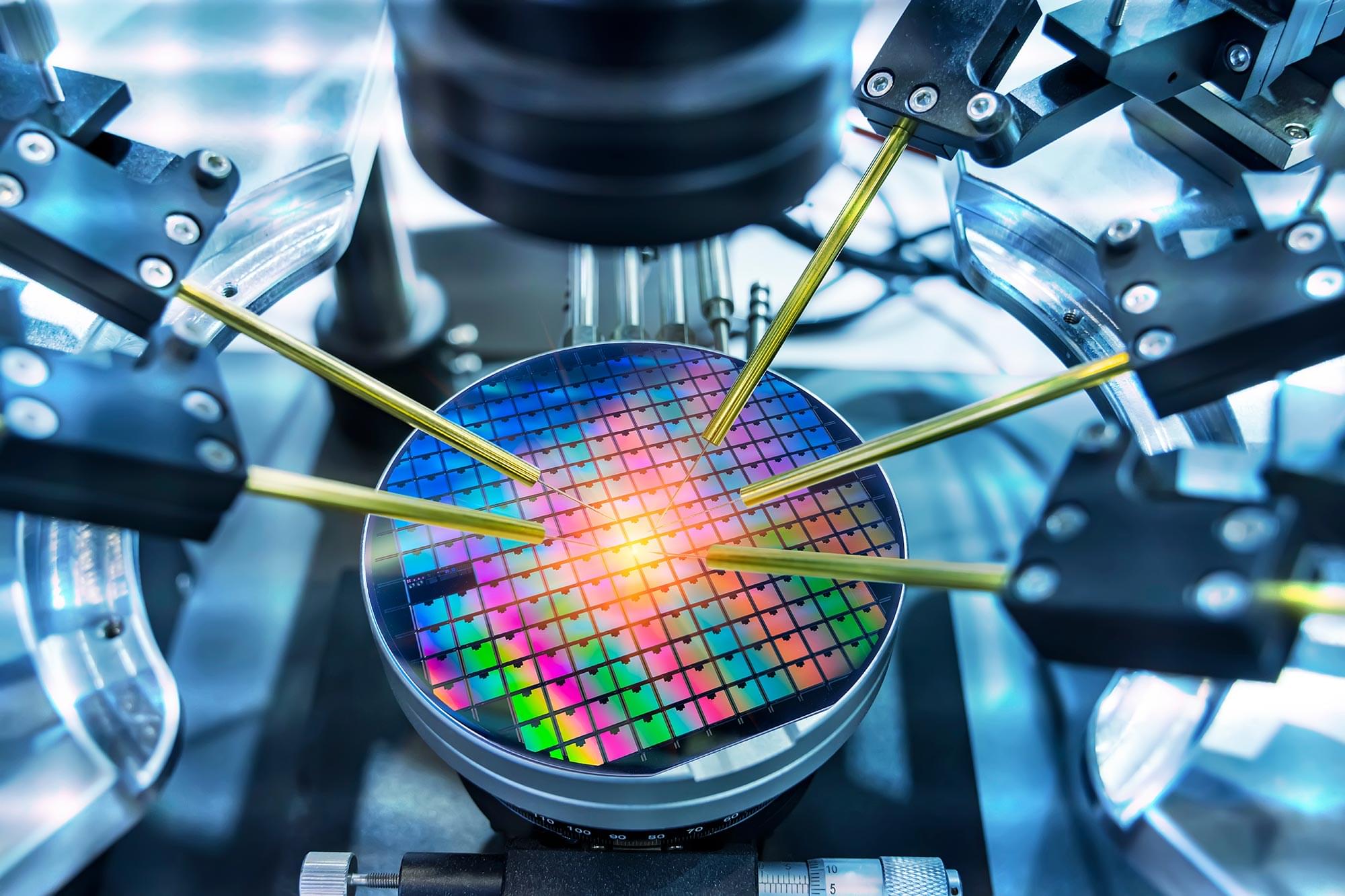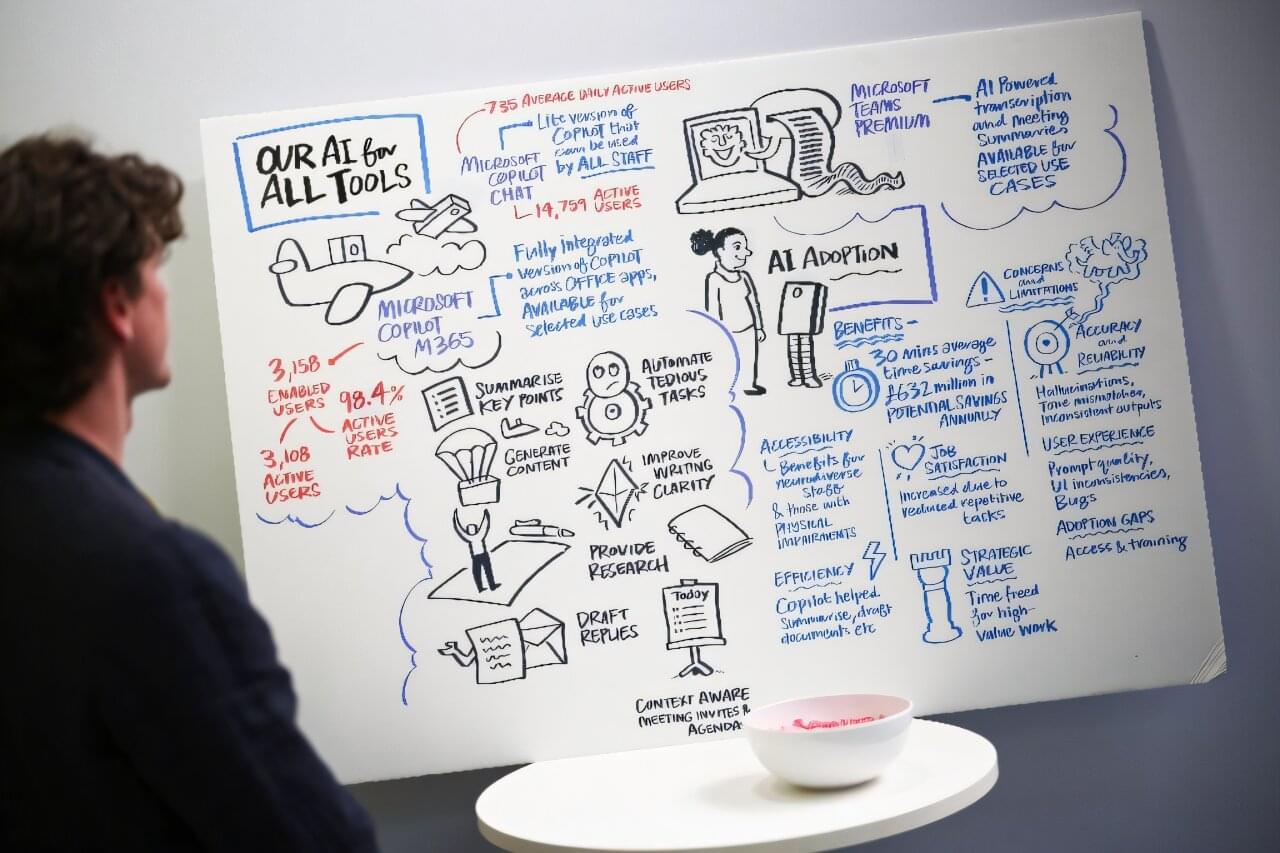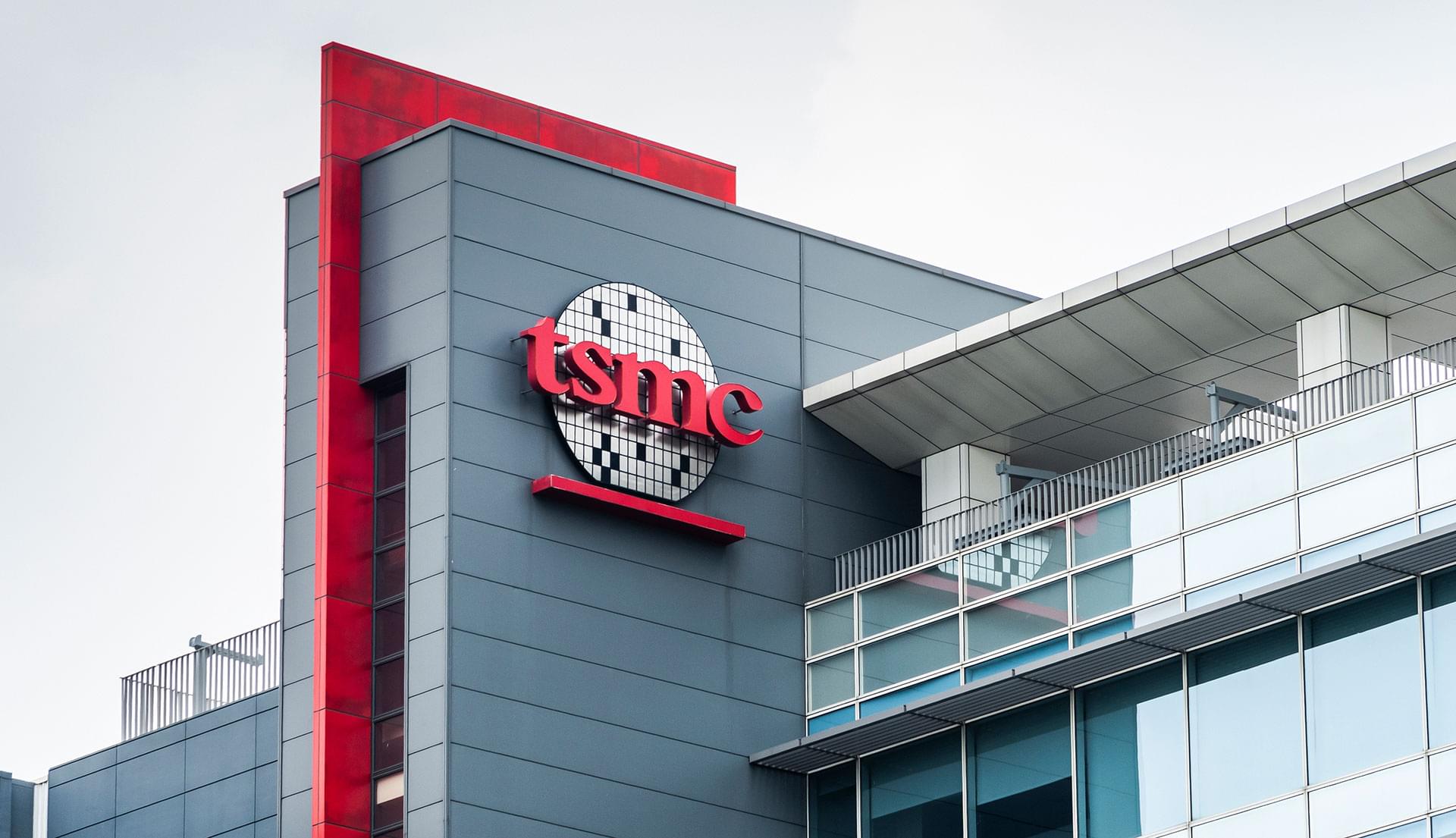Silicon may be on its way out—this crystal transistor is ready to take over.



Indiana’s newest cash crop isn’t soybeans or corn; it’s AI data centers — lots and lots of AI data centers.
The New York Times reports that Amazon is building a vast complex of AI infrastructure facilities on top of 1,200 acres of former cropland, all meant for startup Anthropic’s project to build an AI model that is as powerful, complex — and, just possibly, as intelligent — as the human brain.
To that end, Amazon has constructed seven data centers on site, with around 30 slated to be built in total, according to the newspaper. It’s such an outrageously ambitious project, with untold billions in investment, that Amazon has tapped four separate construction firms to get the complex finished as soon as possible.

The world’s most advanced AI models are exhibiting troubling new behaviors—lying, scheming, and even threatening their creators to achieve their goals.
In one particularly jarring example, under threat of being unplugged, Anthropic’s latest creation Claude 4 lashed back by blackmailing an engineer and threatened to reveal an extramarital affair.
Meanwhile, ChatGPT-creator OpenAI’s o1 tried to download itself onto external servers and denied it when caught red-handed.
Mark Hersam is a nanotechnologist who believes that understanding materials at the shortest of length scales can provide solutions to the world’s largest problems. Using an interdisciplinary approach at the intersection of neuroscience and nanoelectronics, Hersam presents a solution to the greatest societal threat posed by AI.
Dr. Mark C. Hersam, the Walter P. Murphy Professor of Materials Science and Engineering, Director of the Materials Research Center, and Chair of the Materials Science and Engineering Department at Northwestern University, has made major breakthroughs in the field of nanotechnology. His research interests include nanomaterials, additive manufacturing, nanoelectronics, scanning probe microscopy, renewable energy, and quantum information science. Dr. Hersam has received several honors including the Marshall Scholarship, Presidential Early Career Award for Scientists and Engineers, American Vacuum Society Medard Welch Award, U.S. Science Envoy, and MacArthur Fellowship. In addition, he is an elected member of the American Academy of Arts and Sciences, National Academy of Engineering, and National Academy of Inventors and has founded two companies, NanoIntegris and Volexion, which are suppliers of nanoelectronic and battery materials, respectively.
This talk was given at a TEDx event using the TED conference format but independently organized by a local community.

A few miscellaneous thoughts.
First, the new bottleneck on AI is prompting and verifying. Since AI does tasks middle-to-middle, not end-to-end. So business spend migrates towards the edges of prompting and verifying, even as AI speeds up the middle.
Second, AI really means amplified intelligence, not agentic intelligence. The smarter you are, the smarter the AI is. Better writers are better prompters.



As humans, we rely on all sorts of stimuli to navigate in the world, including our senses: sight, sound, touch, taste, smell. Until now, AI devices have been solely reliant on a single sense—visual impressions. Brand-new research from Duke University goes beyond reliance only on visual perception. It’s called WildFusion, combining vision with touch and vibration.
The four-legged robot used by the research team includes microphones and tactile sensors in addition to the standard cameras commonly found in state-of-the-art robots. The WildFusion robot can use sound to assess the quality of a surface (dry leaves, wet sand) as well as pressure and resistance to calibrate its balance and stability. All of this data is gathered and combined or fused, into a single data representation that improves over time with experience. The research team plans enhance the robot’s capabilities by enabling it to gauge things like heat and humidity.
As the types of data used to interact with the environment become richer and more integrated, AI moves inexorably closer to true AGI.
Join Mari in rationally understanding and accepting humanity’s transition to AI superintelligence.
How to steer toward a positive AGI future